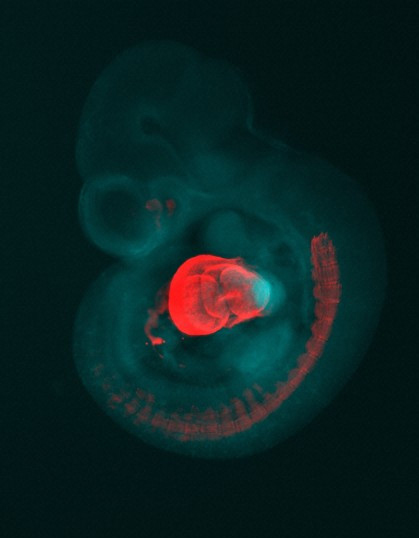
Aging leads to degenerative change in multiple systems and cell types. These losses induce the functional decline of specific physiological systems that contribute to progressive morbidity and ultimately to death. Two fundamental questions for basic gerontology arise from these central observations. What are the processes of intrinsic physiological decline in structure and function that lead to the eventual expression of specific geriatric disorders? To what extent are different phenotypes of functional aging coordinately regulated by common factors of an underlying aging process? This program project will address these questions with integrated research on functional aging of a genetic model system, Drosophila melanogaster.
Human functional aging involves disorders of many body systems, including the cardiovascular, central and peripheral nervous, endocrine, hematopoetic-immune, musculoskelatal, reproductive, pulmonary and cutaneous systems. Understanding the genetic basis for variation in rates of decline in well-defined functions within these systems is an important goal of future geriatric research that holds promise with recent developments in human linkage and association studies. Aside from rodents, however, genetic models have rarely been used to understand specific pathogenic mechanisms of senescent phenotypes or to address fundamental questions of basic gerontology. We believe the time is right to now develop these approaches with Drosophila and then to use the fly’s strongest genetic asset — forward genetics, the mutant screen — to uncover basic pathogenic mechanisms of functional aging.